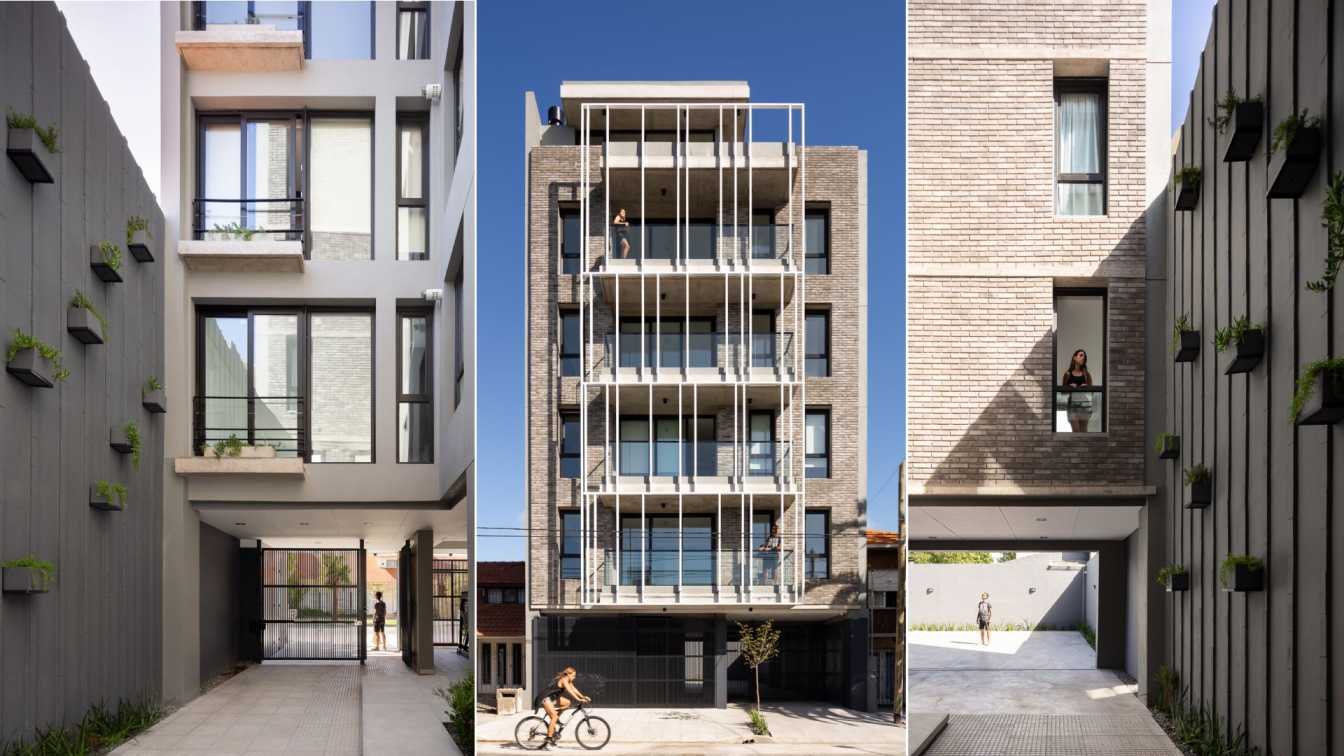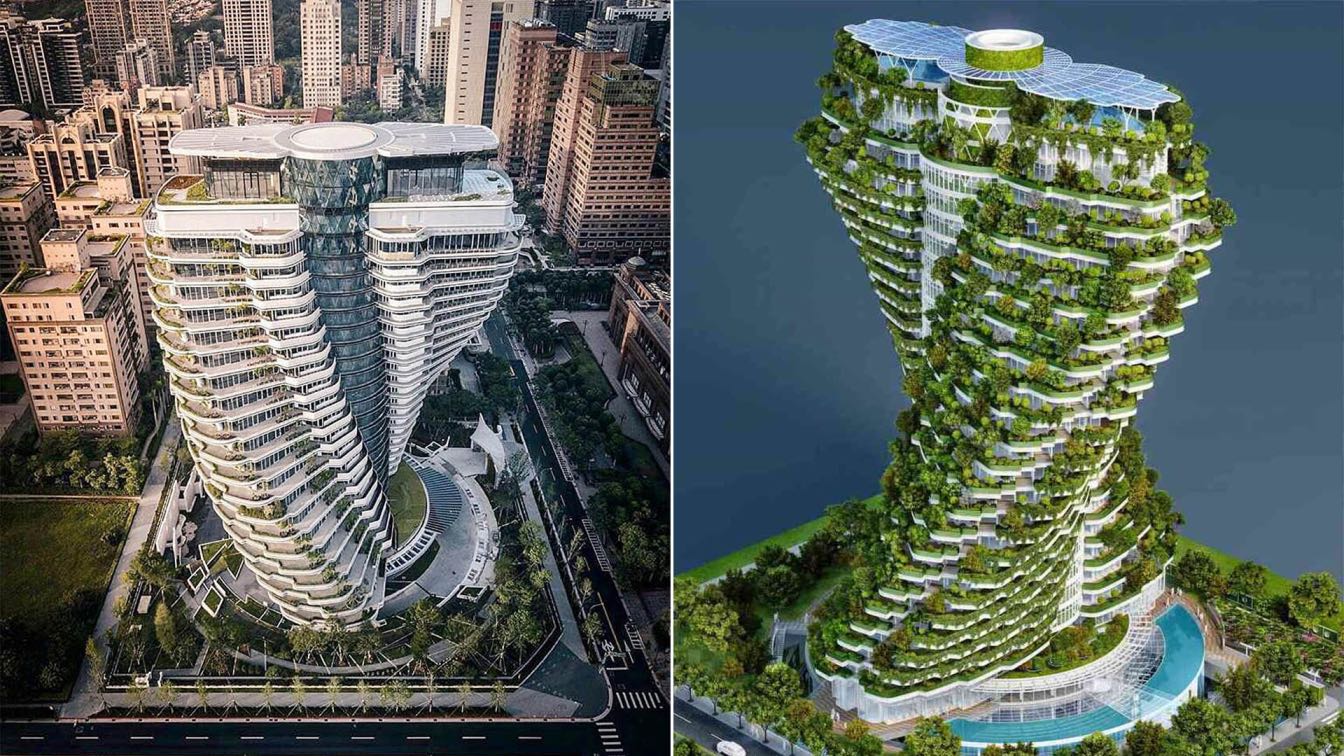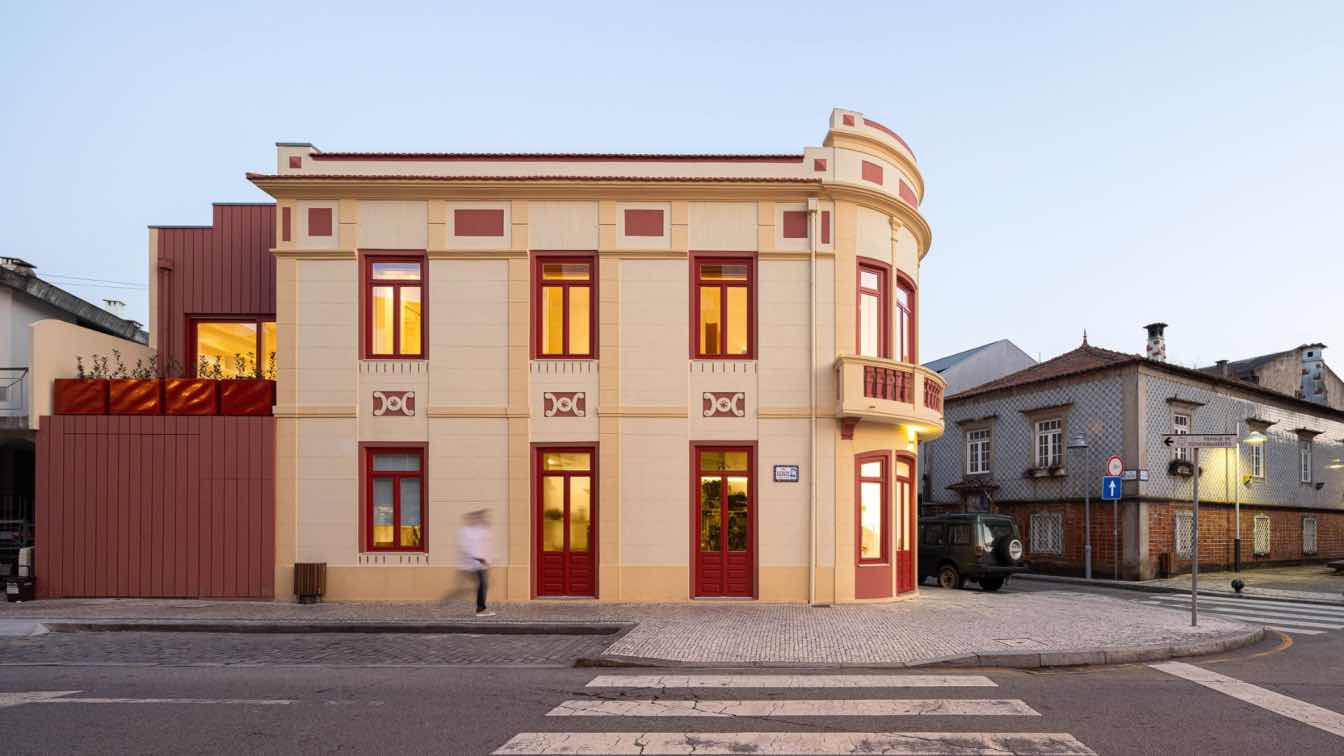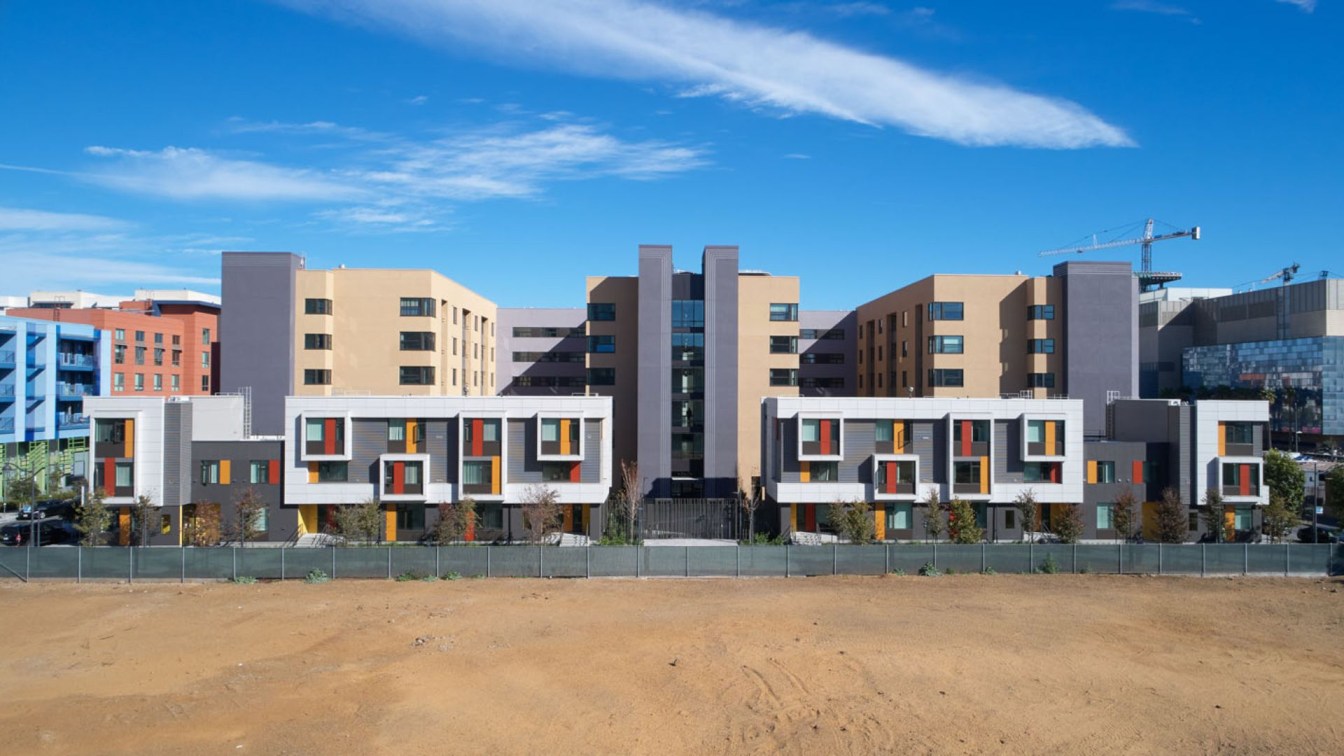Moirë Arquitectos: The Driza Latitude building is located in the La Perla neighborhood, in an area characterized by its urban transformation, with a gradual transition from low to medium density.
Elevated Housing:
The concept of the building lies in its development as a series of 4 vertically arranged houses, where its form, materiality, and relationship with the urban space come together to enhance the experience of living in a building with the benefits of a house.
The Courtyard:
The building includes a courtyard that increases the perimeter, enabling the entry of light and creating apartments with double orientation and cross ventilation, a spatial characteristic always present in single-family houses.
Building and city:
The building's boundary, composed of exposed brick walls and an a aluminum facade, was designed to enrich the dialogue with the urban context in which it is inserted. The aluminum facade functions as a filter between the terraces and the urban space, strengthening the spatial relationship between the interior and the exterior of the house. The exposed brick is a material present in the neighborhood, in each of the houses that comprise it. Using this material in the building promotes the friendly integration of the new urban piece into the context. The building's access was designed as a spatial sequence that moves from the public realm of the urban enviroment to the privacy of a home, passing through several intermediate stages.



























































